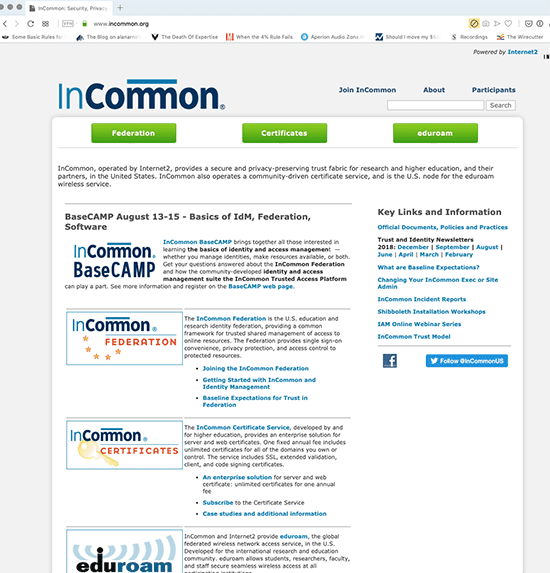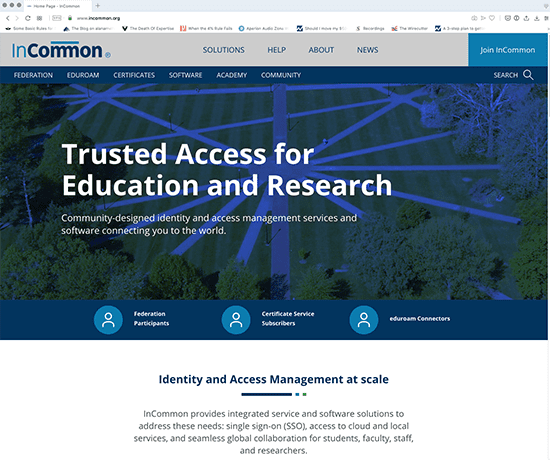Estimated reading time: 4 minutes
By Kevin Morooney, Vice President, Trust and Identity Services & NET+
When I graduated from college, my parents pointed me to a very used car they had identified as a graduation gift. They had done the legwork to find something affordable, usable and probably still durable…even though it was already thirteen years old. Their loving research took into consideration my financial situation – jobless, in-debt college grad. I had enough money to buy my first car with cash. With degree in hand, bench seat under my backside, and a slant-6 of a Dodge Dart beneath my hands – independence was mine.
I loved that car. I showed my love by driving it hard and often. It became part of my identity even with never having been a “car guy.” After many miles and several years, the Dart started to fall apart – breaking faster than I could fix it. In an almost circle-of-life kind of way, it lasted long enough such that I had built up enough savings to get my first new car. I had become outrageously dependent upon having a car and I didn’t have much time to make a decision. I was pleased enough with my eventual selection and relieved to have a solution. I really didn’t think much of it until I got in the car for the first time to drive home. If I had only known how much better, safer, usable, fun a new car would be I wouldn’t have waited for the old one to disintegrate. I had let sentimentality overcome other sensibilities, some of them essential – not just vane.

And so it is with InCommon’s new website – www.incommon.org. I was so excited to finally begin the project many months ago, excitement that pales in comparison to what I am feeling and experiencing today now that the new site has been launched. If I had remembered my experiences with that Dodge Dart earlier, we would have done this project years ago.

The details and nuances of why we were where we were are mind numbingly long and dense. The old website served us all very well for too long but the work arounds and daily upkeep had become too costly. And more importantly, the old website did not reflect game changing inflections in what InCommon has become.
The new website interacts much more easily with other front and backend information and transactional systems, internal to the organization. The new platform enables us to create maintenance and new content creation workflows that better align with demands. What creates that new car tingle for me, however, is how the new site reflects that all we do is about the people and the connections between them.
We also spent a considerable amount of “think time” on how the new site can help demonstrate the shift from things to solutions, tools to capabilities, ideas to action – all of what has been embodied in what we learned from the TIER program, the Collaboration Success Program and the move to the framing of the InCommon Trusted Access Platform. This messaging architecture pillar is what will help make the new site durable (although I’m not sure any website will ever last as long as the first one, these days).
I’m so grateful to my colleagues in Trust and Identity, Marketing and Communications, Technical Services Group for their dedication and commitment to pulling this off over twice as fast as we originally thought we could. And as usual, we are indebted to our nearly 100 strong collection of community leaders and advisors who gather for thousands of hours a year to help ensure that InCommon is providing the kind of value that their organizations require for success.
I still hold many fond memories of that Dodge Dart. Old friends do, too. We recall its deep, dark green color, the bench seat, the impossibly long rear view mirror, the push button AM-only radio, and the seatbelts seemingly design for increased injury rather than safety. We don’t ever talk about the car that replaced the Dart, the new car itself wasn’t nearly as quirky. While I wouldn’t say our old website was quirky (although maybe it was old enough that I could), I’m looking forward to the next chapter for incommon.org, just as I did when I first drove my second car home.

